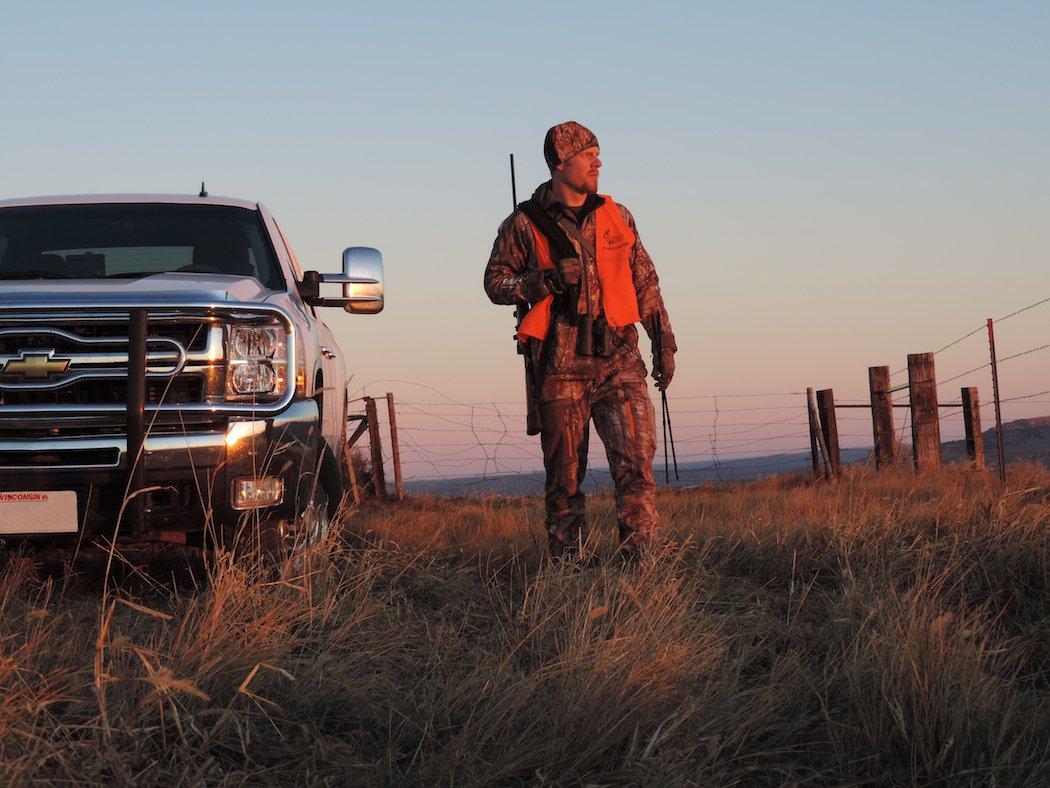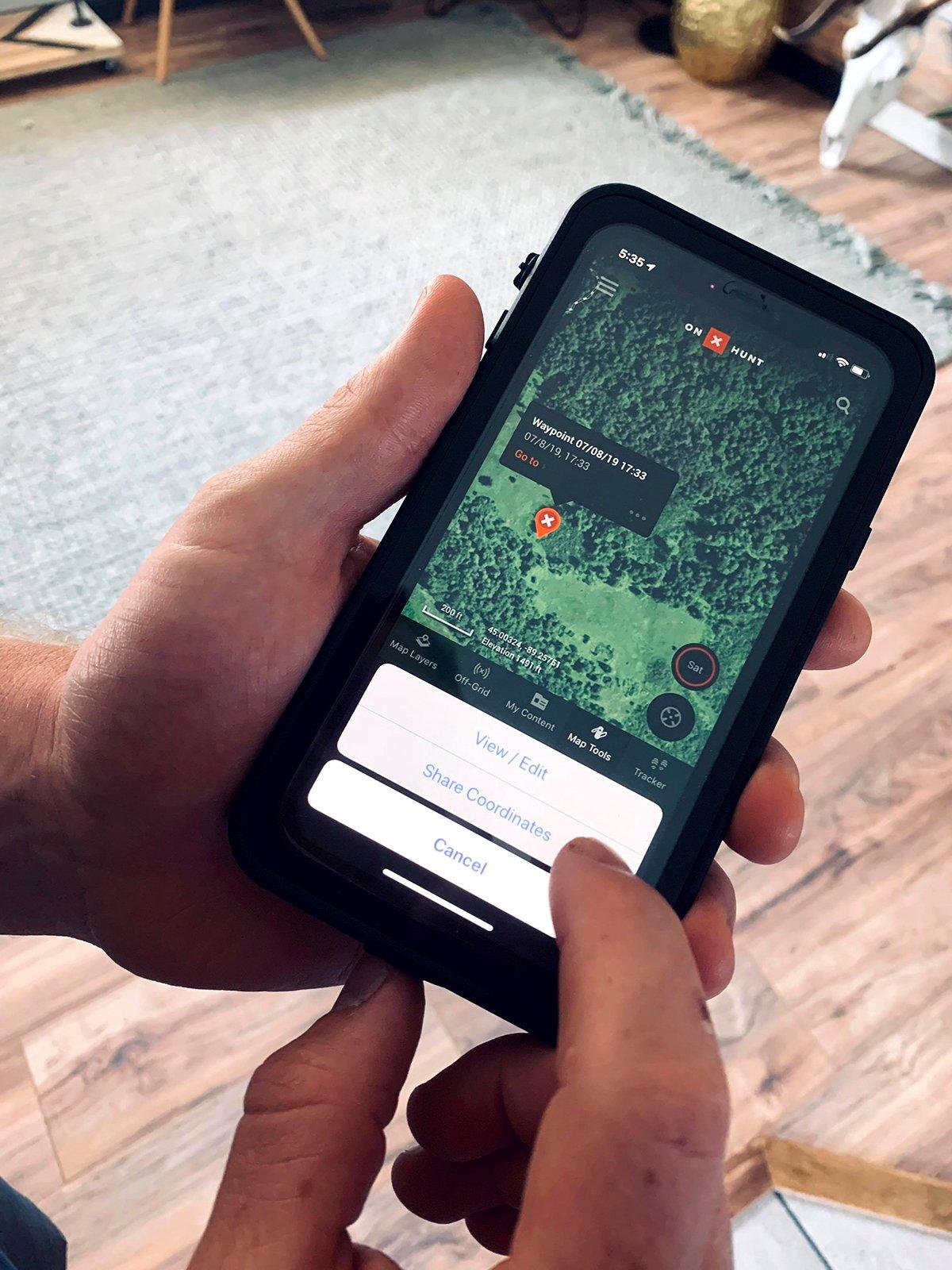Safety is the most important part of any hunt. Follow these best practices to ensure that you have fun — and come home
I remember practicing my shooting at a local firing range under my father's supervision, prior to my first firearms hunt. Down the line another father was overseeing his teenaged boy as he shot several rounds from the bench. The boy suddenly looked back at his father to tell him something and inadvertently pointed the muzzle sideways toward other shooters, including me and my father. The man corrected his son but dismissed the mistake with a chuckle.
Even as a young teenager, I couldn't believe the complacency I'd seen. The kid was a trigger pull away from making a mistake that would've haunted him for the rest of his life. And the dad just laughed.
Throughout my hunting career, I've witnessed others who managed their muzzles carelessly. It's no joke. It risks lives and violates one of the three elementary principles we learn in hunter education: always point the muzzle in a safe direction. Forgetting that is like getting your driver's license and then forgetting what a stop sign means.
On another occasion, I watched a man shoot a doe during a deer drive. The doe appeared instantly, and another boy, my father and I were all in various locations beyond the deer. The man raised his gun and shot the deer anyway. Fortunately, no one was hit or injured, but it was a stupid move by any stretch. And, it broke another elementary safety rule, which is to know your target and beyond.
There isn't a buck in the woods large enough to make a shot worth risking a human life. But safety precautions don't end at the muzzle of a firearm, of course. Other hunting activities are statistically more dangerous. To that end, let's review six important safety measures that we all must follow in order to make the deer woods a safe place to be.
1. Be Attentive
In terms of safety, hunting could be compared to driving. Some irresponsible drivers are unfortunately preoccupied, so we must drive defensively and be prepared to react on a dime to circumvent others' mistakes or carelessness. Likewise, you must pay close attention to your surroundings while hunting. Many times, this will help you identify and avoid dangerous situations before they unfold.
2. Follow Fluorescent Clothing Requirements
Each state has its own requirements governing fluorescent clothing, so brush up on the regulations prior to heading afield. Sadly, there are people who get so intoxicated by a shot opportunity that they shoot at movement. Blaze or fluorescent clothing sends an instant flag that you're a human and not a deer.
Obviously, fluorescent clothing doesn't stop every dangerous situation from escalating. If you spot a hunter approaching you, or if you believe another hunter is nearby, make no sudden movements, and don't wave your arms. Instead, remain motionless and use your voice to articulate your presence. Don't move until the other hunter knows you're there.
3. Wear a Safety Harness
More than 10 years ago, an acquaintance of mine late in his teens fell from a tree while hanging a stand. He lay at the base of the tree unable to move for hours. By chance, his father heard him calling for help. He was airlifted to a hospital and later was told he'd never walk again.
Fortunately, he beat the odds and is walking today, but with impediments. He underwent months of rehab and endured immense pain while healing. A safety harness could've prevented this life-altering event.
They say, Never say never. Well, I'm breaking the rule. Never climb trees without a safety harness. I don't care if you're running late and forgot it at home. No excuse validates even one trip up a tree without a harness.
By the way, if you're looking for a good tangle-free harness that's TMA-approved, consider Hunter Safety System's Pro Series with ElimiShield. It has a USB charging port for your smartphone, dual bino clips for right- and left-handed shooters, and eight separate pockets for storing your gear. ElimiShield is scent-control technology that's heat-fused into the fabric and lasts for the life of the harness. Due to the thoughtful design, the vest is easy to put on and take off, unlike many other harnesses.
4. Share a Pin of Your Location and Carry a Cellphone
In the deer woods, many variables can lead to misfortune, even when you put safety first and hunt right out your back door. It only takes a minute to share your location with a family member or loved one. If you get into trouble, it will be far easier for someone to locate you in a timely manner because they know your location. Even better, drop a pin and text it to someone.
Further, always carry your cellphone. I know: Many of us go hunting to evade the demands of everyday life, but cellphones provide a way to communicate with friends, family or authorities when you're in distress. They save lives. Even if you're unable to make a call, odds are the authorities will be able to track your location if you go missing.
5. Know the Whereabouts of Your Entire Hunting Party
When hunting with firearms, it's obviously unwise to shoot at deer when you're unsure of the locations of everyone in your hunting party. One wayward bullet could hit an unintended mark and create a life-threatening situation. Always practice good communication.
Further, consider equipping your firearms and even non-shooters in your party with SafeShoot. It's a device that uses local RF signals to immediately inform you if a member or members of your hunting party is/are within your line of fire. No line of sight is required; the system's positioning is provided by GPS satellites. MEMS sensors measure and determine the muzzle direction of each device. SafeShoot always keeps you informed so you take only responsible shots.
6. Make Certain that Your Firearm is Unloaded
Many firearm accidents occur when the handler believes the gun is unloaded and becomes complacent. It shouldn't matter anyway, since we all learned in hunter education that we must treat every firearm as if it were loaded. But, before we complete our hunt, we must triple-check that the chamber and magazine are empty. Be mindful of your muzzle direction while unloading. That seems to be a time when folks forget it the most.
Safety First!
Anyone who forsakes safety measures is practically asking to turn a good hunt into a life-threatening emergency. Further, we can't tolerate mistakes made by other hunters. When another hunter risks safety, we must address his or her mistakes and carelessness assertively.
There's no place to be like the whitetail woods. We can all contribute toward making it safe for everyone by prioritizing safety above everything else. This is serious business. We can't allow a bruiser buck to influence our actions when lives are at stake. Put safety first, because if you don't, you could have your hunting privileges revoked. Worse, you could be telling a grim and tragic tale rather than a success story. I hope those aren't chances you're willing to take.
Don't Miss: 30 Deer Hunting Safety Tips
Check out more stories, videos and educational how-to's on deer hunting.











